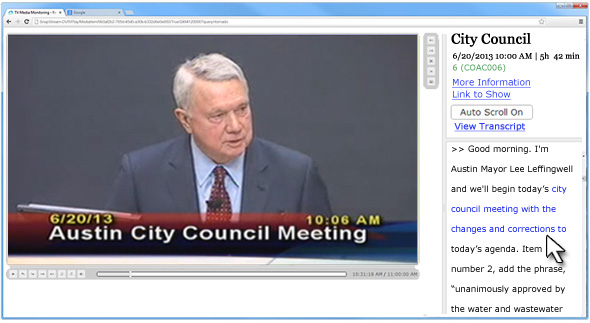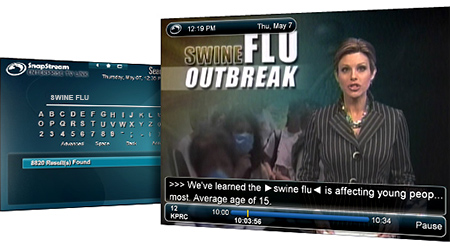Recently, I attended the Texas Association of Municipal Information Officers (TAMIO) conference in College Station, TX. There was one session that really grabbed my attention, it was the session amazingly named: “Better than beer money! 101 ways to spend your PEG funds.” Based on the reaction and conversation that I heard regarding this session, I knew that this was one that I definitely wanted to attend!
What are PEG Funds?
PEG funds are simply funds that are provided to a local government to help support their public access channel(s). These funds can be easily applied to capital expenditures for the channel, for items such as cameras, lights, audio equipment and so forth. The main stipulation for the use of the funds is that they have to be used for broadcasting and running the channel. So, what other projects could these funds be used for? SnapStream?




